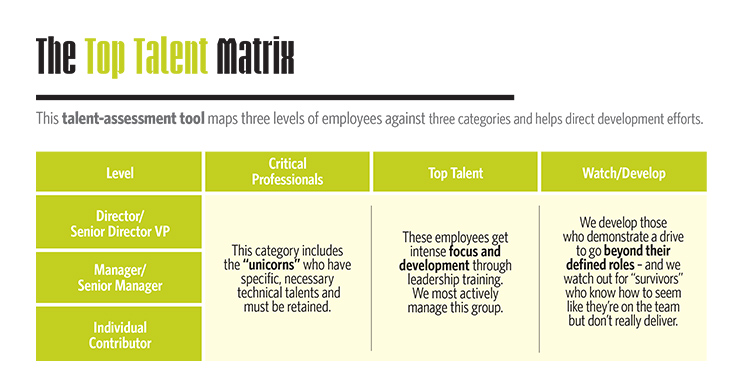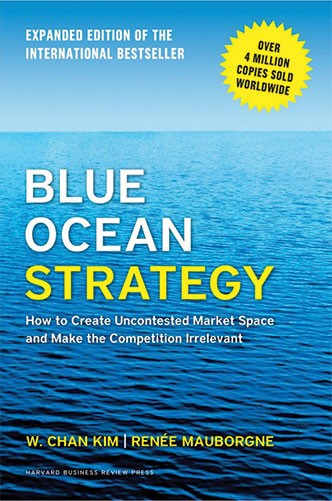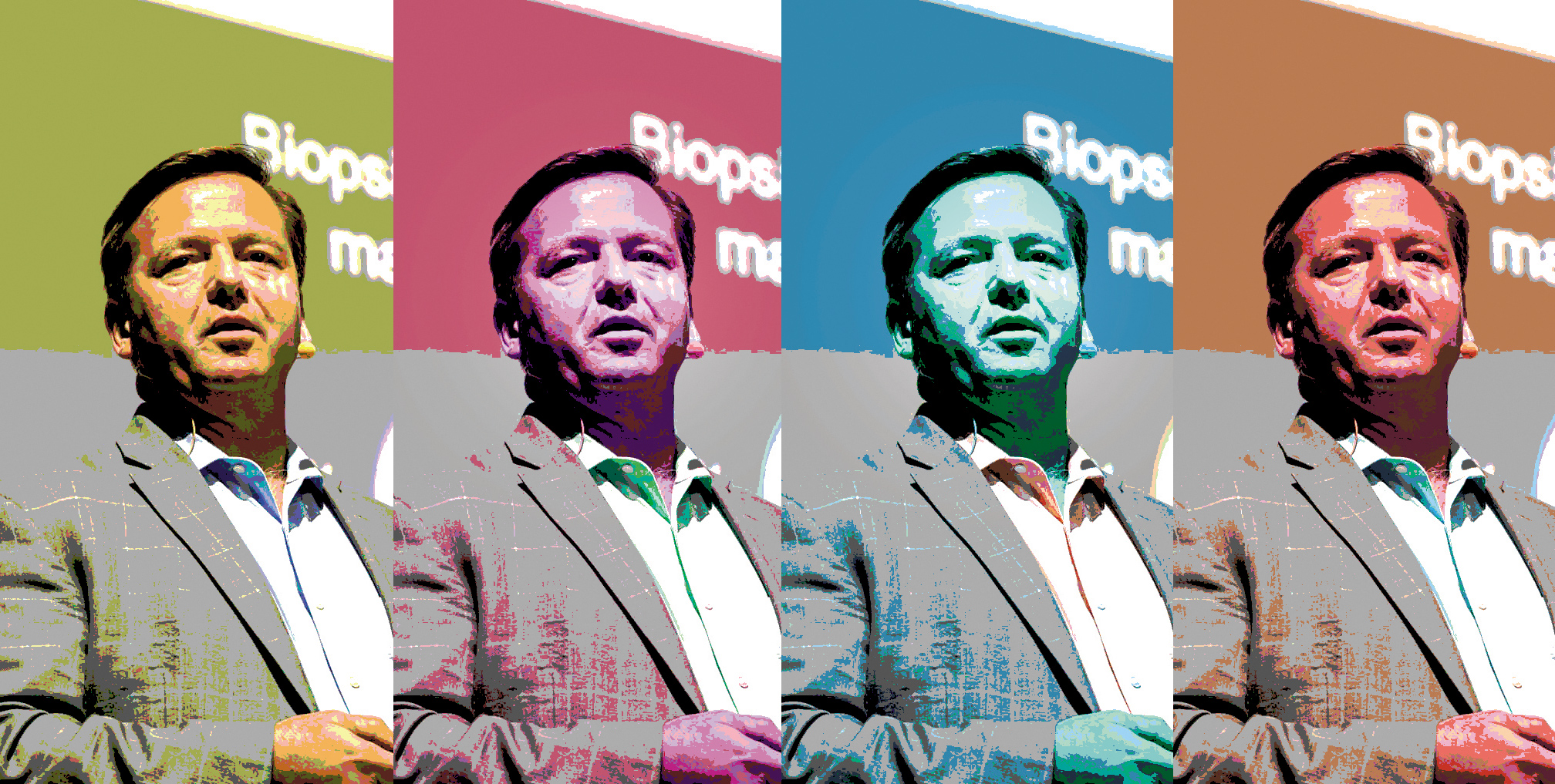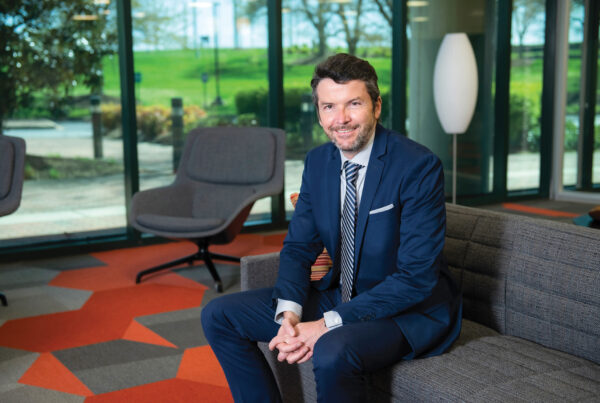For nearly 25 years, I’ve been involved in taking companies with flat or declining growth and helping guide them to financial recovery, growth and stability. I’ve led successful turnarounds and accelerations at companies including Procter & Gamble, Johnson & Johnson, Covidien, and Bausch & Lomb. I find it incredibly rewarding to identify the white space and opportunity in companies where insiders may have resigned themselves to a bleak future.
Today I’m the retiring president of Breast & Skeletal Health Solutions at Hologic, a Marlborough, Massachusetts-based medical technology company that focuses on women’s health and well-being through early detection and treatment.
BIO:
Peter J. Valenti III
- Retiring Division President, Breast & Skeletal Health Solutions, Hologic. Joined Hologic in May 2014; announced retirement in August 2020.
- Previously Principal at The New England Consulting Group, serving as a consultant to healthcare companies including Johnson & Johnson, Alcon, Cardinal Health, Align Technology Inc. and Bausch + Lomb Inc.
- Education Master of Business Administration from Cornell University; Bachelor of Science in business administration from the University of Connecticut.
When I joined Hologic in 2014, the company was in poor shape but had some wonderful technologies. My division had an annual growth rate of under 4%. Overall, it was in better shape than most of my other turnaround situations. But this was still slow growth, and given that Breast & Skeletal Health was Hologic’s largest division, it had to accelerate. We compete against major players including GE, Siemens, Philips and Fuji.
To survive, let alone win, we needed innovation. We had to dramatically increase the rate at which we introduced new products. We created a bold goal: to go from one new product launch every three or four years all the way to five to seven per year. We also had to start thinking in terms of solutions rather than products when we went to market. All of this while ensuring the customer and patient were at the center of our innovation. In the beginning, the team thought this goal was impossible. Today, the division is launching 10 to 12 new products per year, and prior to the pandemic, it was on track to be up by about 60% from where it was six years ago. We have diversified the portfolio and improved profitability.
To me, a successful turnaround is one in which we can take a business with declining or flat growth and drive a 10% or better increase in revenue—and more importantly, drive a long-term sustainable CAGR of 10% or more.
“You can drive profitability by cutting costs, but in the long run it’s much better to drive sustainable growth through increased revenue that also drives profitability.” That calls for thinking broadly.
While increasing revenue and driving innovation are essential, creating the right culture is the true key to success. But it’s not easy. People and organizations are, almost without exception, resistant to change. For example, when I began working with Bausch & Lomb Vision Care in 2009, the division had been losing revenue for almost 10 years. Plants were closing, and there were few new products in the pipeline. Yet even with a potential cataclysm on the horizon, people at Bausch & Lomb were resistant to change.
To overcome this barrier, it’s essential to create a vision for the future that becomes a rallying cry for success. In the case of Bausch & Lomb, we focused on product innovation as the way to win. We crafted a vision statement that guided everything we did: “Be the trusted market leader by being first to market with segment-based, insight-driven innovation.” We created a “speed to market” team, empowered an Office of Product Acceleration, and worked with Insigniam to infuse this new culture throughout the organization.
The results began to show almost immediately. By doubling down on innovation, reenergizing its R&D team and changing its culture, Bausch & Lomb Vision Care built an industry-leading new product pipeline and soon introduced three new lens materials. The division began to grow in 2010 and has experienced strong annual growth of 10%+ in most years since.
“Creating the right culture is the key to success. But people and organizations are, almost without exception, resistant to change.” —Pete Valenti
Shape the Future
Every successful turnaround begins with quickly assessing the current leadership team and then creating a core framework to shape a new culture. High-performance teams share four key traits organized under the rubric ASKS: They are aligned to a vision. They have a sense of urgency. They know their roles. And they stand for each other.
And as the rubric suggests, high performers ask questions. They’re engaged across the organization, they have an appetite for innovation and change, and they’re eager to take part in shaping a new culture. In assessing the members of a leadership team, I ask straightforward questions:
- Do they deliver results consistently?
- Can they recruit and develop talent and engage their teams?
- Can they deliver what is required of their role, not just now but as they lead to the future?
- Do their strengths and weaknesses complement those of the team?
If the answer to any of these questions is no, this is the time to make a change. It’s essential to have the right leadership in place from the start. A good leader may take years to shape the right culture, but a bad leader can quickly ruin it. Share on X These questions are always a part of the ongoing assessment of our leaders. A yes today may still become a no in the future. When I arrived at Hologic, I followed an incredible leader in our CEO. He instills and demands that we constantly evolve and build our leadership talent so we can continue to win in the future.
Once the leadership team is in place, it’s time to establish the core framework that will shape the company culture moving forward. Culture is something everyone can relate to, understand and, in turn, communicate.
At Hologic, we asked a lot of questions to identify the future forces that should shape our vision, and, in turn, our culture. I call this the Nostradamus exercise. In the future will patients pay more out of pocket? Will big, expensive equipment drive global access? Where will procedures be done? Will telemedicine expand? Will AI play a major role?
Your answers in this exercise don’t have to be perfectly right. They just have to be directionally right. Because even directionally right answers put you ahead of 99% of the competition, where they’re sticking to five-year plans and essentially staying the course.
As a company, we saw clearly that our higher purpose is to enable healthier lives, everywhere and every day. Our passion is to become global champions for women’s health. Our purpose is the science of sure, which means that our products and services help drive superior outcomes via accuracy. With this foundation in place, a culture-shaping vision for the Breast & Skeletal Health Solutions Division followed easily: “Globally transform breast and skeletal patient care through insight-driven, innovative solutions.”
It was the rallying cry we needed.
Find the Agents of Change
One of the biggest mistakes senior leaders make is moving too slowly to change talent. But especially at the start of a turnaround, it is imperative to evaluate talent across the organization and make changes where necessary.
 Evaluating overall talent is a lot like assessing your leadership team. You look for the change agents who want to make a difference. You look for people who are hard workers and who will put their skin in the game. And at the management and senior leadership levels, you look for people who think about their teams before they think about themselves. “Stay in your lane” is the worst advice I’ve ever heard. I say the exact opposite: Strive to impact the business beyond your role and scope.
Evaluating overall talent is a lot like assessing your leadership team. You look for the change agents who want to make a difference. You look for people who are hard workers and who will put their skin in the game. And at the management and senior leadership levels, you look for people who think about their teams before they think about themselves. “Stay in your lane” is the worst advice I’ve ever heard. I say the exact opposite: Strive to impact the business beyond your role and scope.
Creating change agents at every level of the organization is imperative. They will not only serve as role models, but they will become champions for others. This is helpful during both difficult times and good times.
Drive the Culture
With an established vision and the right people, the new culture must be driven through the organization. It is not easy: Every organization is built on a cultural foundation of “how we do things.” Change threatens to shake this foundation. It makes people uncomfortable. It is even more challenging to communicate changes to culture. Even in good times, only 22% of employees believe their leadership has a clear direction for the organization. Now add the uncertainty of a turnaround, and there is likely to be even more distrust. This makes leadership and clear communication essential. I’ve read and heard many times that you never can communicate enough, and this is always true. I’m very proud of the job Hologic has done to improve communication in terms of message, relevance, frequency and format. The pandemic helped us further elevate our game.
For most organizations, crisis leads to change through necessity. But for truly innovative companies a crisis is simply an opportunity to accelerate even faster to get even farther ahead. Share on X A key focus for all leaders must be to capture the urgency and speed to change driven by the pandemic, and to make it a part of their organization’s ongoing culture.

Blue Ocean Strategy
W. Chan Kim and Renée Mauborgne
This is my cornerstone book, one that I use to help guide leadership teams. It is about how to make competition irrelevant by creating your own uncontested market space.
This article appeared in the Winter 2021 issue of Insigniam Quarterly. To begin receiving IQ, go here.






